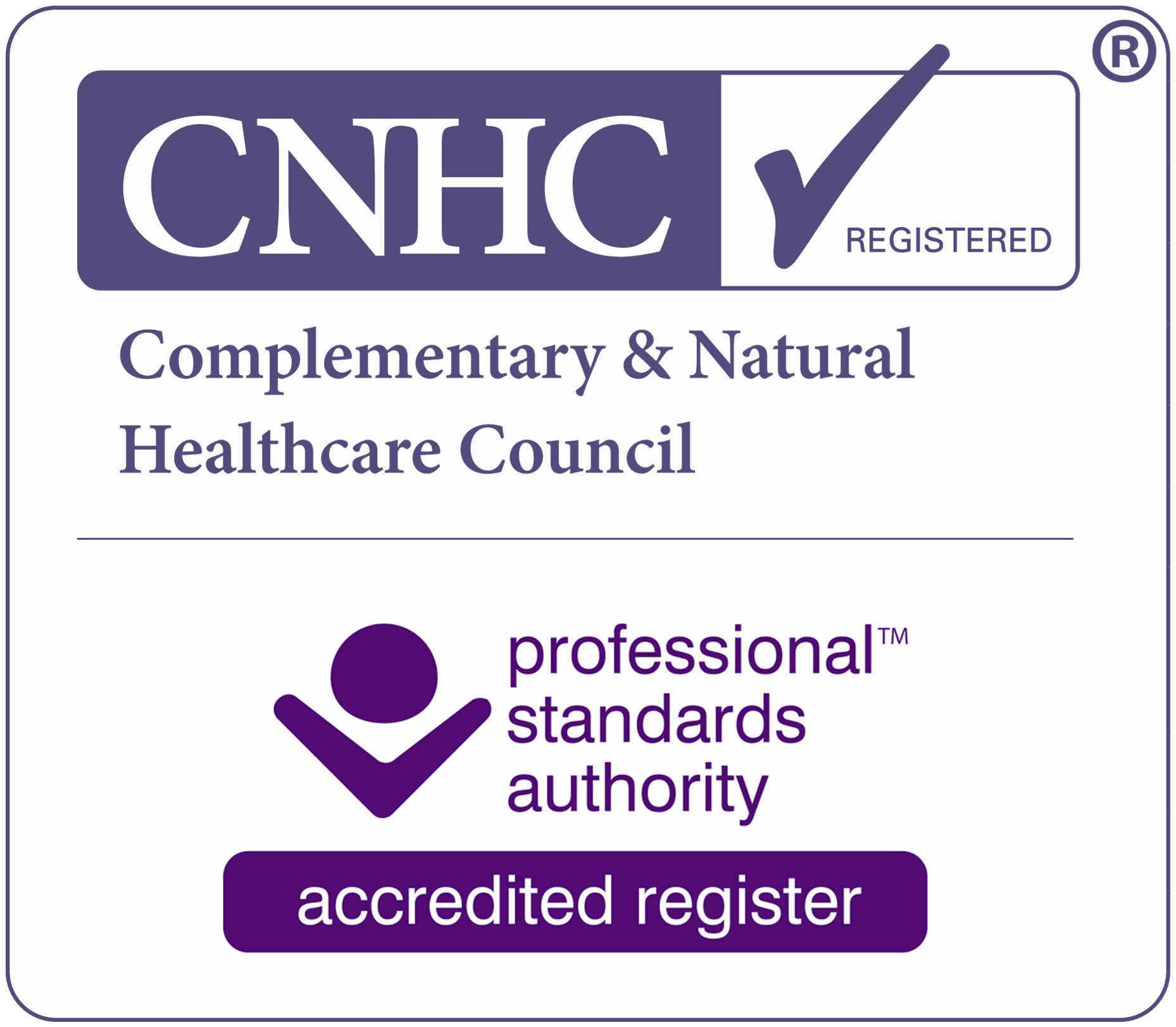Neuroscience is a bigger minefield than psychology. Take the business of taming an exaggerated stress response, which we deal with much of the time, for example.
Once you've dealt with the supply of corticotropin releasing hormone from the bed nucleus of the stria terminalis, and ensured the production of gluccocorticoid receptors in the bi-lateral hippocampus, the rest is a sub-arachnoid, intraventricular walk in the left anterior cingulate cortex.
The bed nucleus of the stria terminalis (BNST) is a bit of the amygdala and for a long time it was thought to be just a part of the amygdala (which is commonly known for supplying emotional tags to experience). But it turns out the BNST has a load of separate functions including the driving of anxiety.
Projections from the BNST go to the
- Locus coruleus, increasing vigilance
- Dorsal lateral tegmental neuron - increasing attention
- Ventral tegmental neuron - affecting behaviour and EEG arousal
- Nucleus basalis (in the forebrain) - increasing motor responses
- Reticular formation - reflex facilitation
- Paravetricular neuron - HPA axis activation
- Facial tagmental neuron - facial expressions like open-mouthed
- Central gray - freezing, hypoanalgesia
These pathways are hard-wired.
Outputs from the central nucleus of the amygdala go to a variety of areas in the hypothalmus and brainstem also involved in the experience and expression of fear.
- Lateral hypothalamus - sympathetic activation; blood pressure, sweat, cold clammy feelings, pupils dilate to get more sensory information in
- Nucleus ambiguus - blood pressure, vocalization
- Parabrachial nucleus - panting, respiration changes, panic disorder-like inability to catch breath.
So this is all (well, a lot of) the fear and anxiety stuff.
The hippocampus houses the factory that manufactures gluccocorticoid receptors. These you can think of as sponges. They soak up cortisol which is the hormone that drives the stress response. The bigger and better your ability to makes the stress-sponges, the sooner you chill-out after a stress inducing event.
How big the sponge factories in your hippocampus are is determined in large part by whether your parents (esp. mum) were tactile.
We pick kids up and stroke them for a good reason; neurological development! The tactile stimulation of the stroke causes serotogenic (neurotransmitter) impulses which promote expression of the gene responsible for encouraging the development of those gluccocorticoid receptor manufacturing plants in the hippocampus.
So the moral of the story is: stroke your baby and they will grow up to be cool adults. (Or you can have a mechanical fan run up and down them and that will work just as well (whereas, on the other hand, playing them Japanese CDs won't help them speak Japanese but hiring a Japanese nanny will)).
Emotions have a neurological footprint. One of the characteristics of happiness is a lack of activity in the left anterior cingulate cortex. So if you want your patient to be happy you have to give their left anterior cingulate cortex a direct suggestion to STFU (or manipulate it into that state some other way).
Roughly speaking, happiness is characterized by increased activity in the right posterior cingulate cortex and the left insula, and decreased activity in the left anterior cingulate cortex.
Anger is characterized by increased activity in the pons and increased activity in the left anterior cingulate cortex. (Which is why you can't be happy and angry at the same time - you cannot have both increased and decreased activity in the LACC.)
Sadness is characterized by bilateral increase in activity in the anterior cingulate cortex and decreased activity in the posterior cingulate cortex, together with increased activity in the insula and the dorsal pons.
And fear is characterized by increased activity in the midbrain and decreased activity in the orbitofrontal cortex.
But how much of that do you really want to take into your consulting room?
STFU stands for Shut The F*** Up or, as I prefer to think of and use it, Still Thy Fevered Ululations.
I have been known to give this suggestion whilst indicating a spot on the patients head at about the left temple (which is approximately correct for the LACC) whilst also giving 'Get Busy' type suggestions and indicating a spot above and behind the right ear (which is approximately correct for the right posterior cingulate cortex), and it has been known to make people very happy.
Of course, it's all metaphor, but then, all psychology is a metaphor for neurology.
